All-Sky Automated Survey for SuperNovae
(ASAS-SN)
At Ohio State I became a build team member of the All-Sky Automated Survey for SuperNovae, or ASAS-SN. The goal of the ASAS-SN project is to use robotic 14-cm telescopes to survey the entire visible sky nightly down to about 18th magnitude in g-band to find nearby transient, variable, and violent events. Discoveries made by ASAS-SN can be studied in great detail for long periods of time using modest follow-up resources, providing us with insights into the physics behind these events that cannot be seen with more distant objects.
As a member of the ASAS-SN team, I work with Professors Kris Stanek and Chris Kochanek to identify and classify potentially interesting events, and to follow up on such events with larger telescopes. My collaborators and I have already authored multiple papers on objects discovered by ASAS-SN, and are collecting and analyzing follow-up data on numerous others. For more on discoveries made by the ASAS-SN project, please see the links to the right.
I have also worked on creating videos to highlight the capabilities and discoveries of the ASAS-SN project. To view these videos, please visit our YouTube channel.
ASAS-SN Lightcurves
ASAS-SN makes all its discoveries public upon confirmation, and in 2017 we began making ASAS-SN light curves available to the public as well. These are available in a few different ways:
The ASAS-SN Sky Patrol allows the user to obtain non-subtracted V-band and g-band light curves for any position on the sky going back to the beginning of our survey. These light curves are computed in real-time, so it is better used for a small number of objects. If you use ASAS-SN light curves in publications, please cite Shappee et al. (2014) and Kochanek et al. (2017).
Pre-computed ASAS-SN light curves are also available for a few different types of variable and transient objects. The ASAS-SN Variable Star Patrol is a database of light curves of over 60,000 variable stars that can be searched by coordinates, name, variable star type, and a number of variable star properties. The ASAS-SN CV Patrol contains light curves for active and inactive cataclysmic variable stars visible to ASAS-SN. Additional ASAS-SN patrol websites are currently being built for other types of objects, so please check our homepage for the latest news.
ASAS-SN Gallery
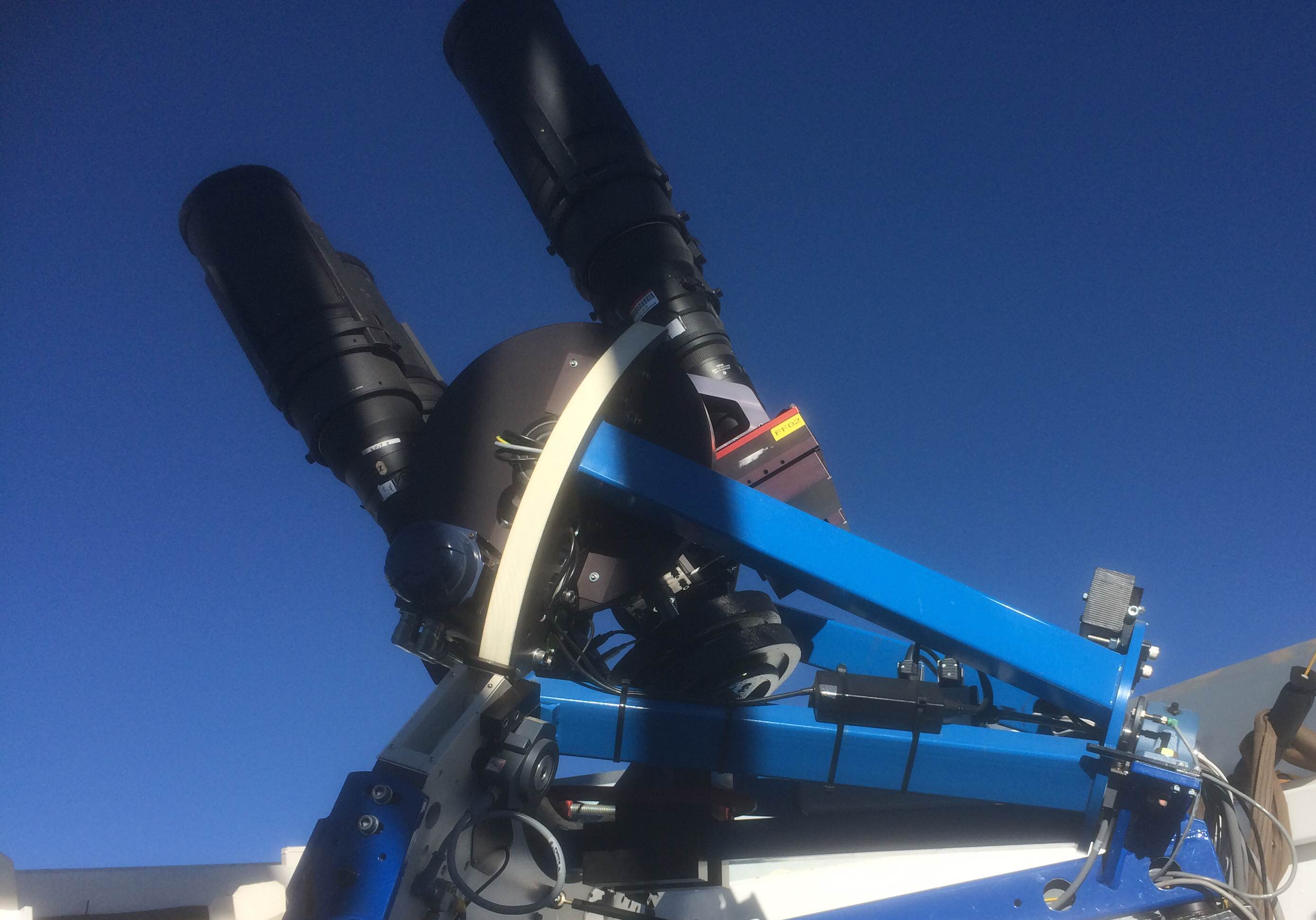
Brutus, the original ASAS-SN unit, located on Haleakala in Hawaii and named for the famous assassin and Ohio State's Mascot.
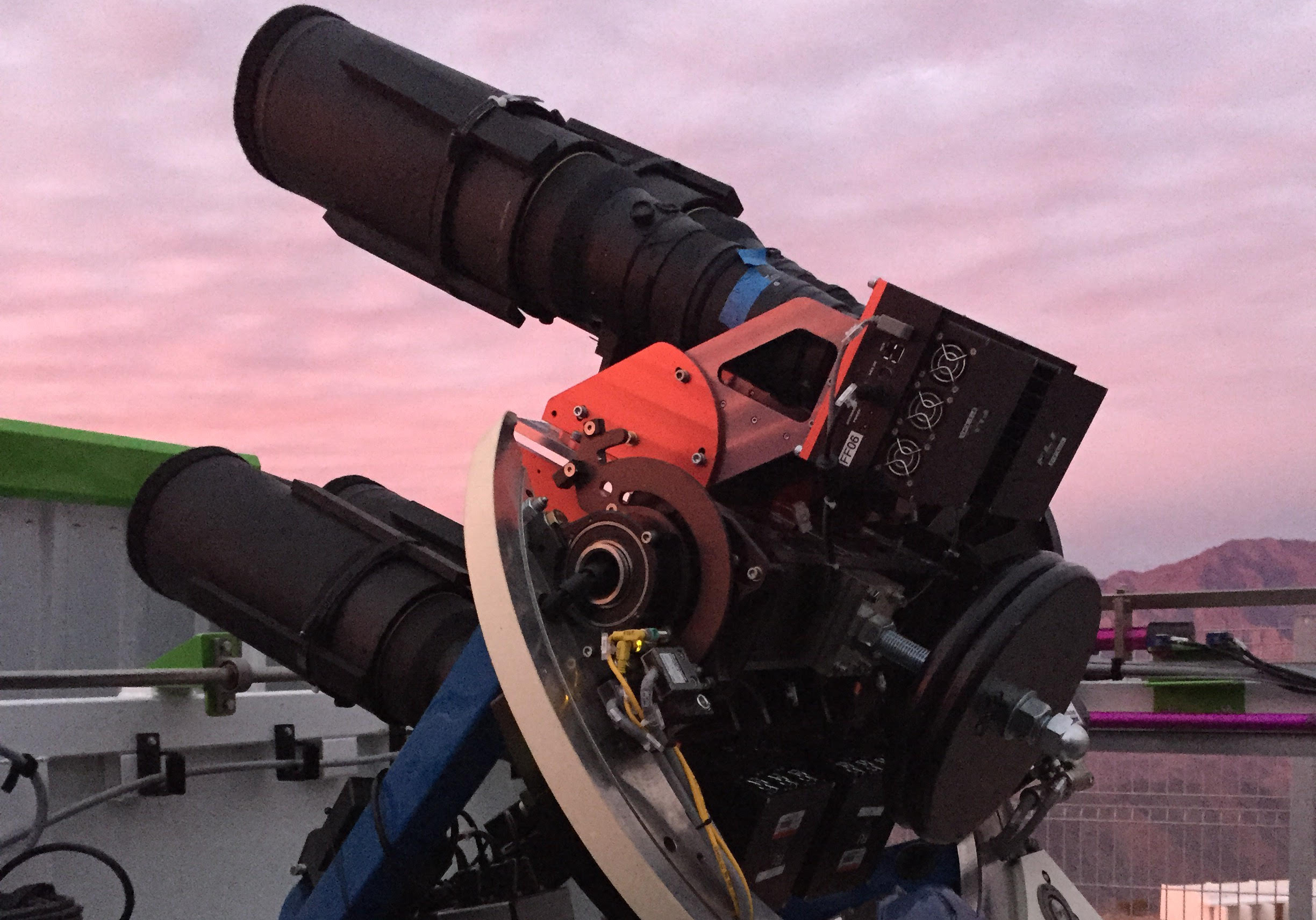
Cassius, our first unit at Cerro Tololo, Chile, named for another assassin of Caesar.
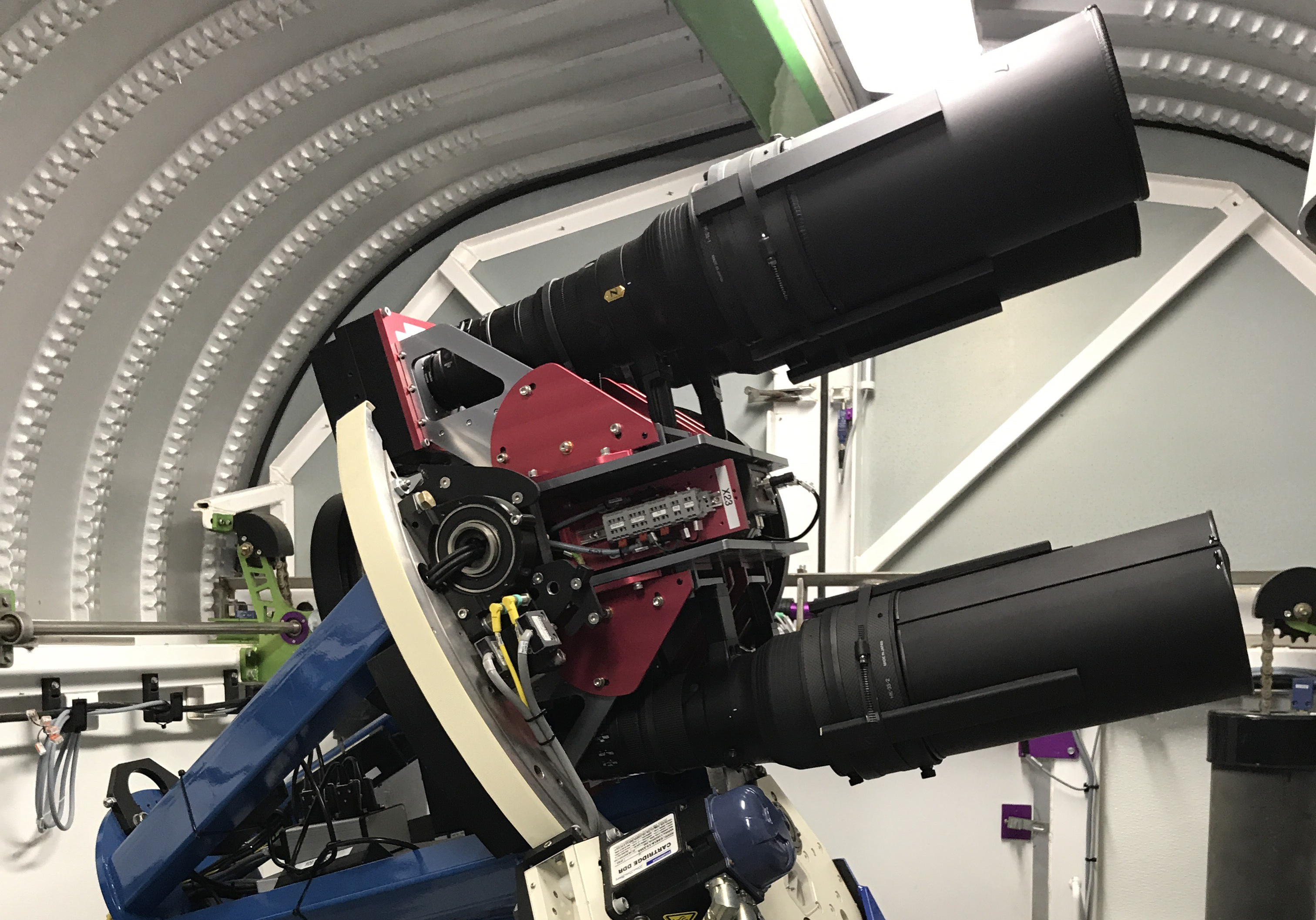
Paczynski, our second unit at Cerro Tololo, Chile, named after Polish astronomer Bohdan Paczynski.
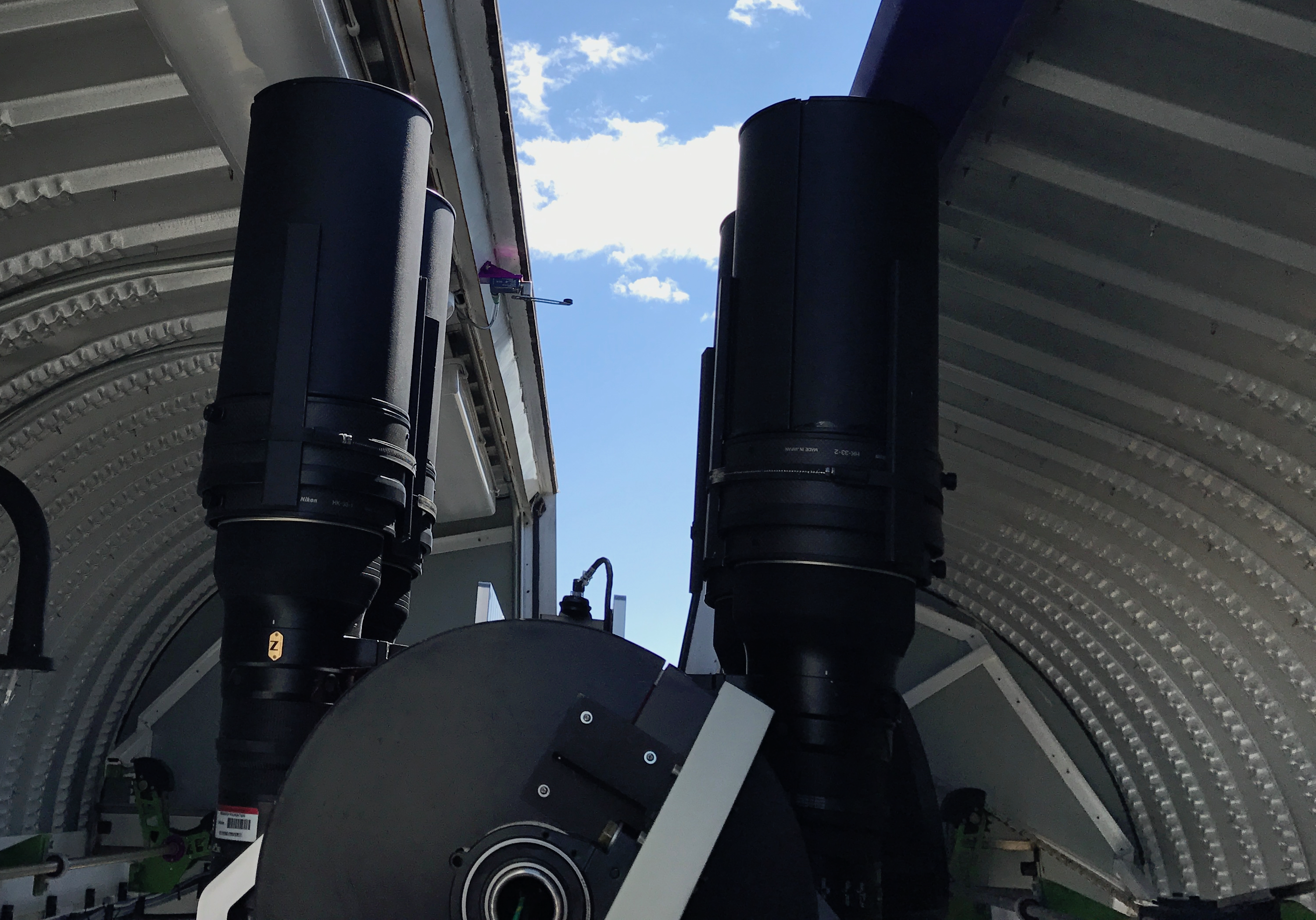
Leavitt, our unit at McDonald Observatory in Texas, named after Henrietta Leavitt

Payne-Gaposchkin, our unit in Sutherland, South Africa, named after Cecelia Payne-Gaposchkin.
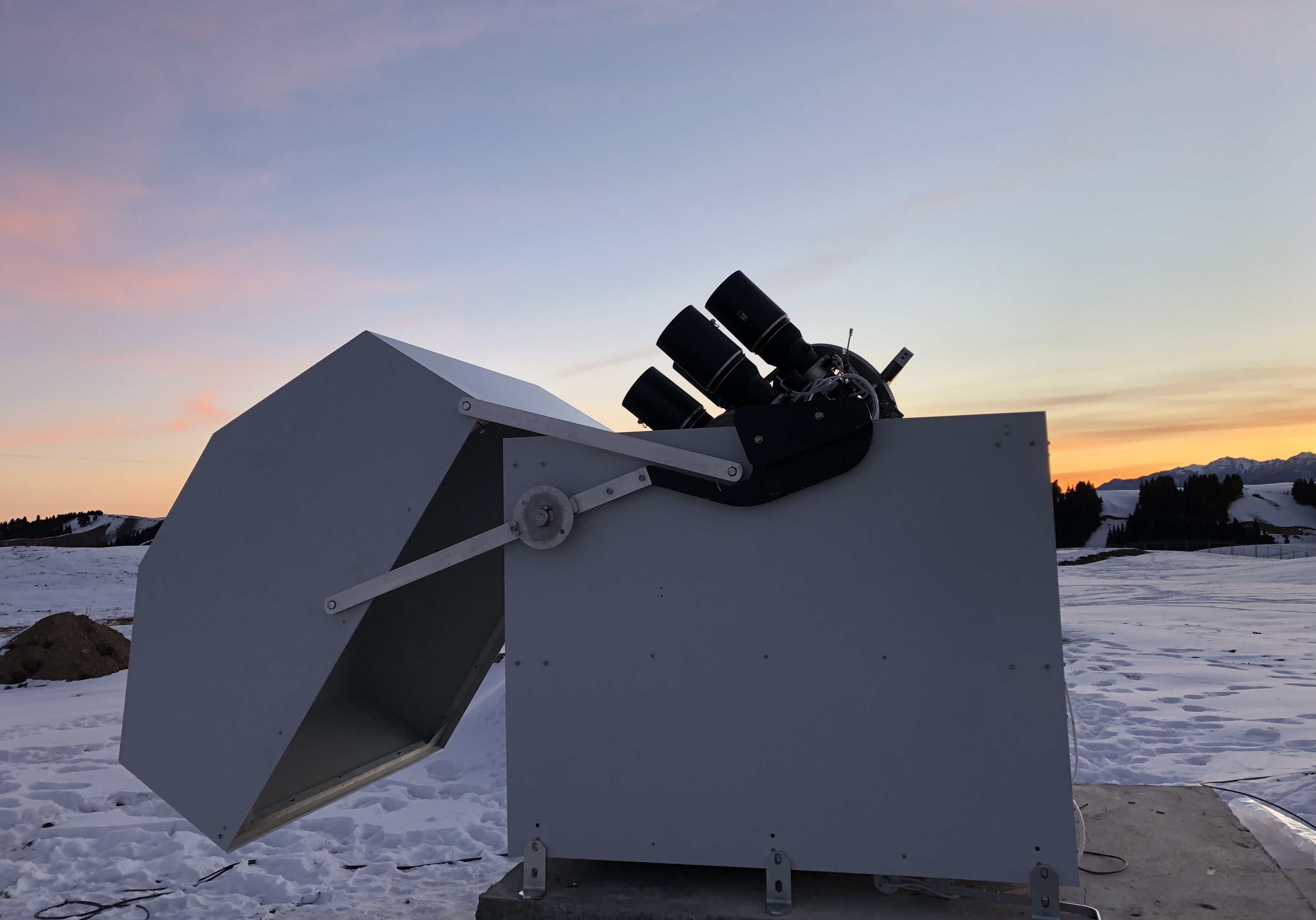
Tian Shan, our new unit in China, coming online in 2019! Named after the Tian Shan mountains, which means "Mountains of Heaven."